Policy Handbook on Strategies for a Climate Resilient Economy in Georgia

This handbook is a practical resource for designing adaptation strategies based on evidence and tailored to policy needs in Georgia.
Policy Handbook on Strategies for a Climate Resilient Economy in Kazakhstan
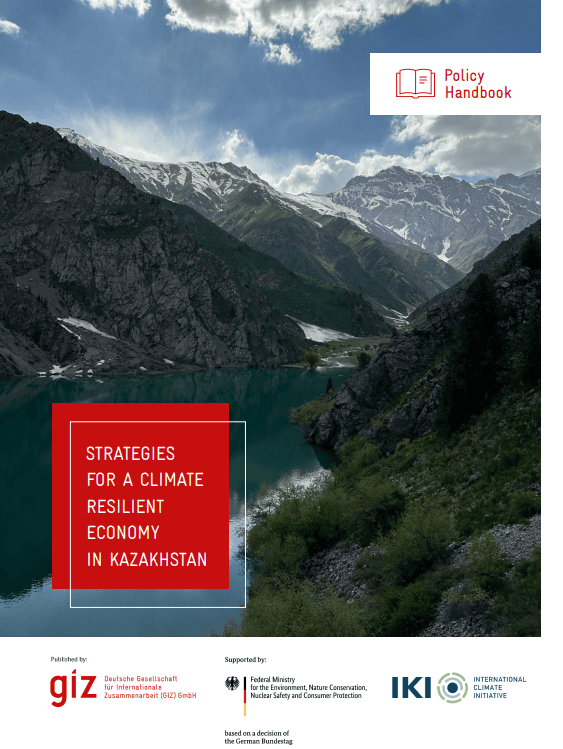
This handbook is a practical resource for designing adaptation strategies based on evidence and tailored to policy needs in Kazakhstan.
Creating Climate Risk Assessments for National-Level Water-Related Hazards
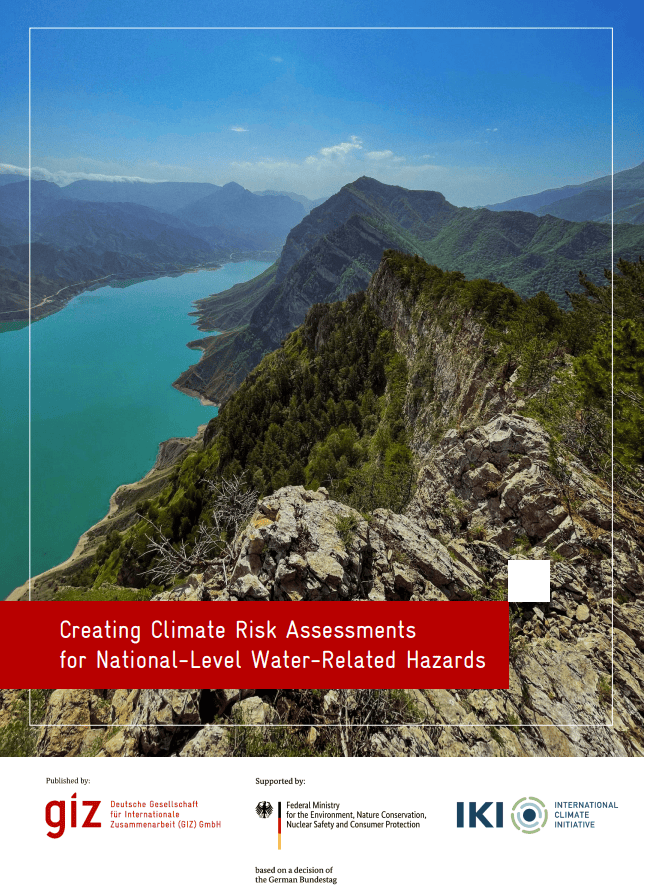
This good practice summary report offers guidance on identifying and analysing national-level water-related hazards, building on experiences from Georgia, Kazakhstan and Mongolia.
Bridging the gap between climate goals and social protection solutions: New guidance on how to integrate social protection in countries´ climate commitments
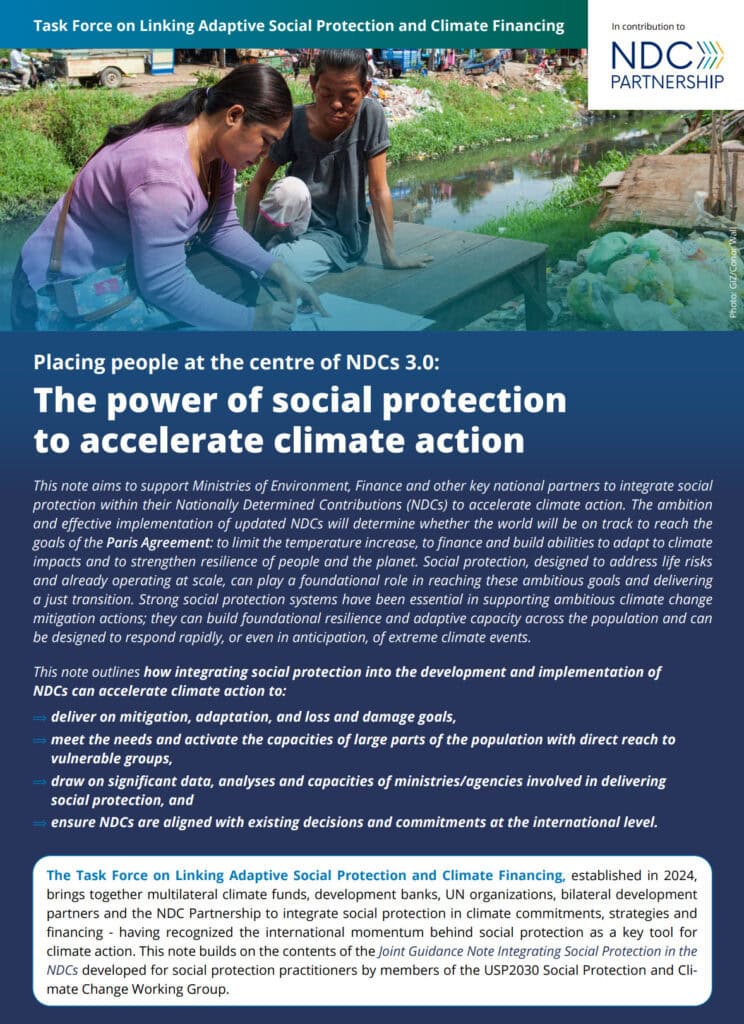
A newly formed international Task Force on Linking Adaptive Social Protection and Climate Financing aims to bridge the gap between climate goals and social protection solutions. Its newly published note demonstrates how social protection systems can be strategically leveraged for climate action.
Guía didáctica para el uso del cuento: bajo la sombra de los almendros se vive mejor
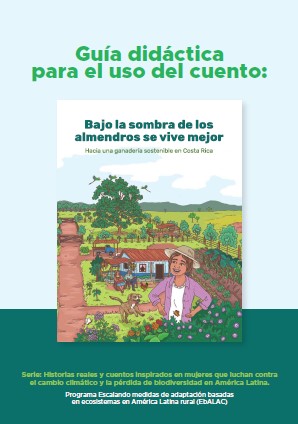
En 2024, EbA LAC elaboró los primeros textos de la serie: Historias reales y cuentos inspirados en mujeres que luchan contra el cambio climático y la pérdida de biodiversidad en América Latina, para ser usados en procesos de capacitación, difusión de información y empoderamiento en temas claves como: cambio climático, pérdida de biodiversidad, cuidado del agua y del medio ambiente, desigualdades en los impactos sobre mujeres y hombres, equidad de género, ganadería y producción sostenible, gestión y acción colectiva comunitaria en estos contextos.
Con la difusión de estos materiales, EbA LAC quiere dar la oportunidad a otras mujeres, a jóvenes – y hombres – de aprender de las experiencias de las protagonistas que muestran que existe la posibilidad de lograr cambios y ofrecen herramientas concretas para construir un futuro más sostenible y resiliente al cambio climático con iniciativas comunitarias. El factor de éxito que comparten las historias es la existencia de mujeres fuertes, capacitadas y empoderadas para liderar estos cambios.
Bajo la sombra de los almendros se vive mejor: Hacia una ganadería sostenible en Costa Rica
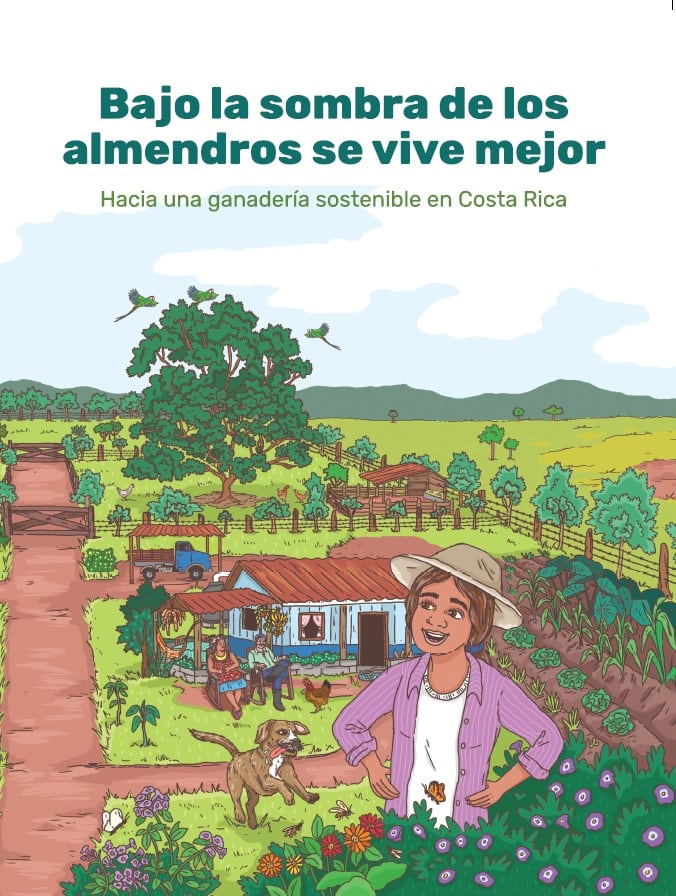
Bajo la sombra de los almendros se vive mejor: Hacia una ganadería sostenible en Costa Rica es una guía práctica y motivadora que empodera a mujeres rurales, jóvenes y grupos de personas productoras a enfrentar los desafíos del cambio climático y la pérdida de biodiversidad. A través de historias reales y estrategias efectivas, este material ofrece herramientas para construir un futuro más sostenible y resiliente al cambio climático.
Este libro es un homenaje a las mujeres que trabajan la tierra, cuidan el ganado, cultivan alimentos y transmiten conocimientos ancestrales con su labor. Es un reconocimiento a su valentía para organizarse, aprender y liderar cambios en la construcción de un futuro más equitativo y sostenible para todas y todos.
La ganadería en Costa Rica es una actividad de gran relevancia para el desarrollo de las zonas rurales, genera y distribuye bienestar económico y empleo a lo largo de todos los eslabones de las agrocadenas de la carne y la leche del país. Por eso, nos llena de orgullo y satisfacción afirmar que la ganadería costarricense es totalmente diferente de otros modelos a nivel mundial, ya que logramos desarrollar sistemas de producción sostenibles, en un entorno que permite la estabilidad del negocio, con seguridad jurídica y normas claras en torno a lo ambiental y lo productivo, lo que ha propiciado un ambiente que favorece la innovación.
Manual de buenas prácticas para la Adaptación basada en Ecosistemas – Visión del pueblo Maya K’iche’
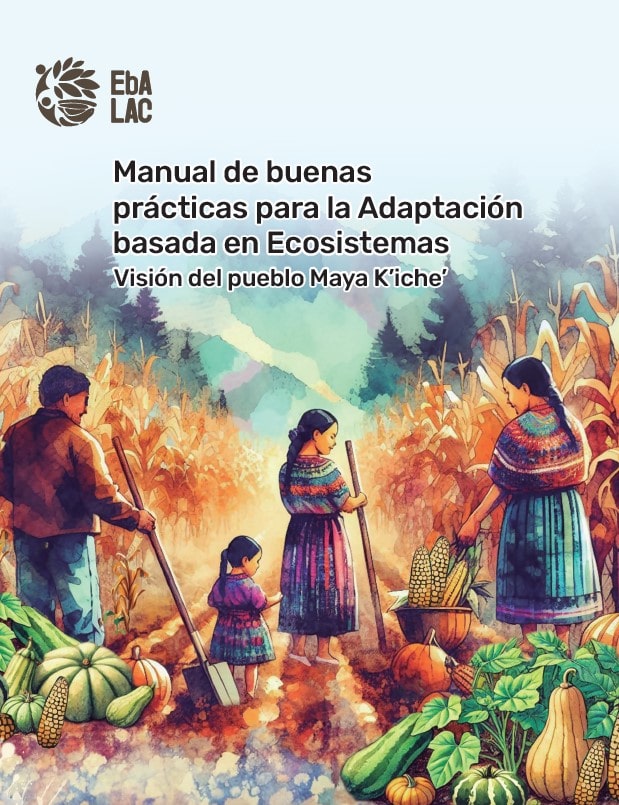
Manual de buenas prácticas para la Adaptación basada en Ecosistemas
– Visión del pueblo Maya K’iche’ –
Manual ilustrado con instructivo sobre buenas prácticas abe desde la visión del pueblo Maya K’iche’, es el resultado de la investigación e integración de los conocimientos ancestrales del pueblo Maya K’iche’ para desarrollar prácticas, fortalecer conocimientos y habilidades sobre la adaptación basada en ecosistemas, que han sido desarrollados en el territorio del departamento del Quiché en los municipios priorizados por Programa “Escalando Medidas de Adaptación basada en Ecosistemas en áreas rurales de América Latina” (EbA LAC).
Plan de Acción Climática Municipal (Mérida, MX)
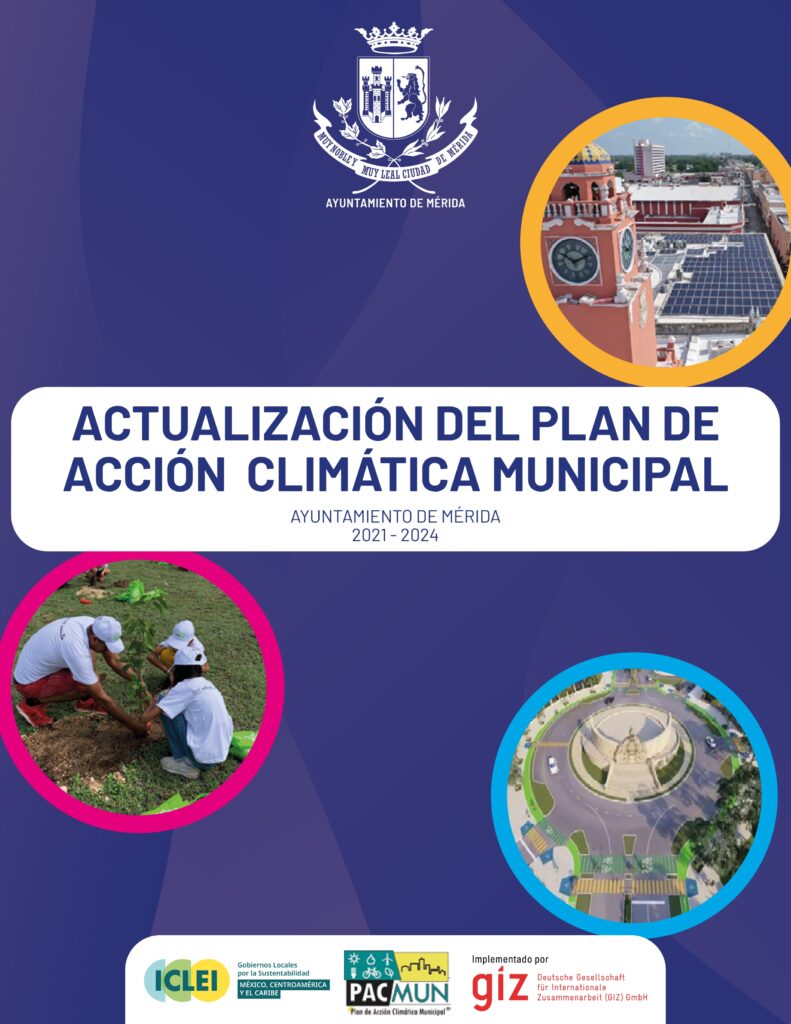
El Plan de Acción Climática Municipal (PACMUN) es una estrategia integral que guía la mitigación de emisiones y la adaptación al cambio climático a nivel municipal, basada en diagnósticos, estudio de riesgos y la colaboración entre diversos actores.
Effectively delivering on Climate and Nature: NDCs, NAPs and NBSAPs Synergies – A checklist for national policymakers
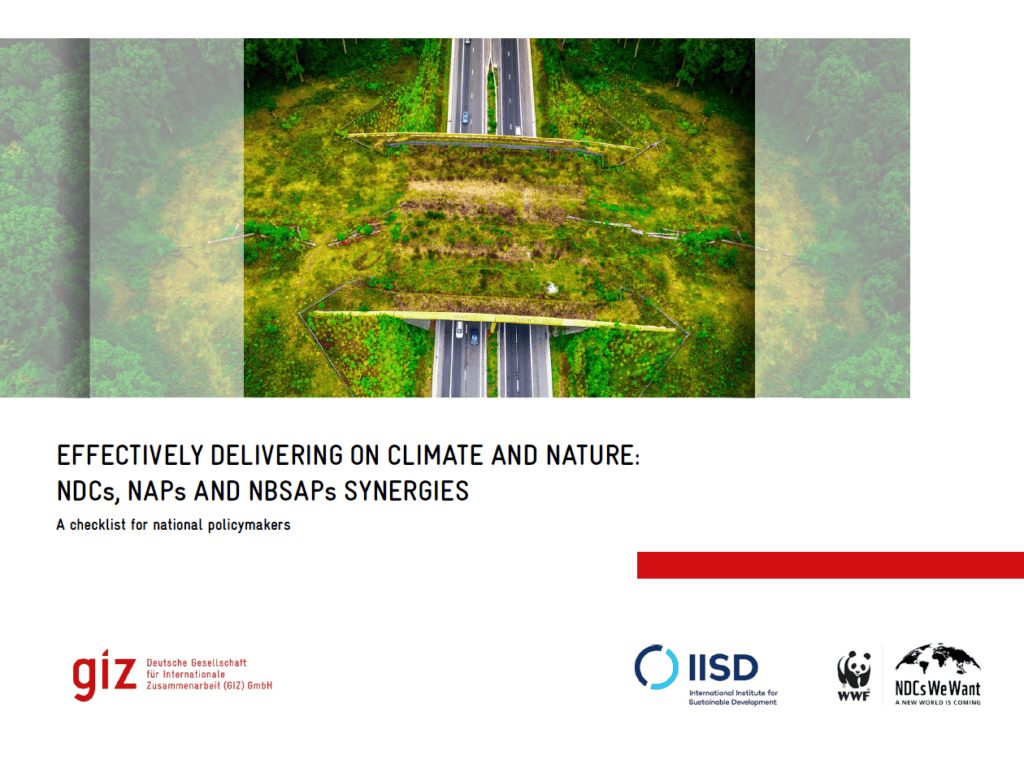
This checklist for national policymakers illustrates potential opportunities and interactions during the development or update of the NDCs, NAPs, and NBSAPs. It provides a list of points for consideration to enhance synergies and co-benefits throughout planning and implementation phases, ensuring gender-responsive and socially inclusive approaches.
Estrategias para el diseño, mantenimiento y monitoreo de Soluciones Basadas en la Naturaleza en ciudades
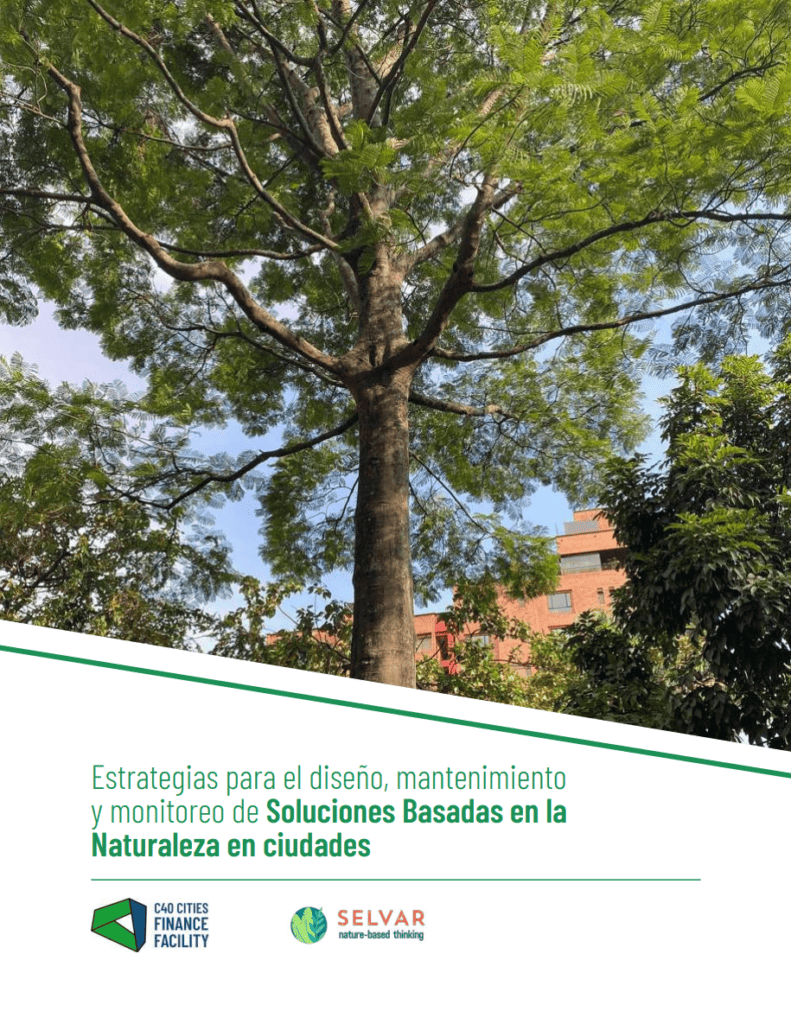
El centro de pensamiento SELVAR y la C40 Cities Climate Finance Facility han desarrollado una cartilla que ofrece información replicable sobre el diseño, mantenimiento y monitoreo de Soluciones basadas en la Naturaleza (SbN) adaptada a diferentes escalas urbanas, desde barrios hasta zonas periurbanas.
